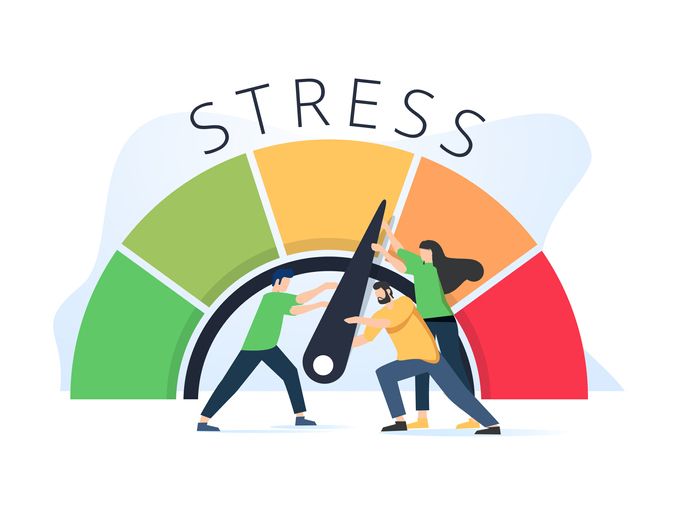The latest survey from Software Advice, the leading software comparison website for small businesses, provides insights for small to medium-sized enterprises (SMEs) about employee job satisfaction, comfort/discomfort at the workplace, and the job-switching situation.
The study, comprising responses from almost 1,000 Australian employees, found that 50 per cent have changed jobs 1-2 times in the past five years, compared to 38 per cent who said ‘never’. When employees who changed jobs three or more times in the past five years were asked how interviewers have reacted to this, 48 per cent felt ‘it didn’t have any impact on the interviewer’, and 28 per cent mentioned that ‘the interviewer liked or valued their frequent job changes’.
The data shows it may be necessary to understand employees’ expectations when they join the company. Respondents moved jobs frequently in the last five years because they got better work flexibility (48 per cent), received a higher salary (44 per cent), and changed work environments (36 per cent).
Not only does job satisfaction result in employee engagement, it can also help improve productivity. A combined total of 66 per cent indicated their satisfaction with their current job. Of these, 47 per cent reported being ‘satisfied’ while 19 per cent chose the ‘very satisfied’ option. 51 per cent of survey participants plan to leave their jobs, with answers ranging from ‘as soon as possible’ to ‘not having a definite timeline at the moment’. In contrast, 42 per cent said they aren’t planning to do so.
Regarding respondents’ top three factors behind whether to leave or stay with their current company, reasons to remain included a ‘good work environment’ (49 per cent), a ‘work-life balance’ (47 per cent) and feeling ‘that their work is fulfilling and meaningful’ (44 per cent). Regarding reasons for leaving, 34 per cent think their salary does not meet their expectations, 32 per cent would go because of high stress levels, and 29 per cent need a career change.
In addition, SMEs should be aware that factors that can make employees change their minds and leave their current company include a ‘higher salary’ (58 per cent), ‘higher position’ (27 per cent) and ‘better work flexibility’ (26 per cent).
46 per cent of employees consider stress a leading cause of discomfort at work. On the contrary, the two primary factors contributing to a comfortable workspace were ‘maintaining a healthy work-life balance’ (48 per cent) and ‘healthy relationships with co-workers’ (48 per cent). Some other factors that led to respondents’ discomfort were ‘high-stress levels’ (46per cent) and a ‘lack of trust and unhealthy relationships with management (34 per cent).
Over half (51 per cent) of employees want recognition and work acknowledgement from their managers, and 48 per cent believe a manager should maintain a positive and collaborative work environment. 43 per cent think managers should provide helpful and constructive feedback and foster efficient communication, and 38 per cent feel they should possess strong soft skills and a human approach, supporting the individual and not just the job.
Lastly, the survey found that the top priority for SMEs to focus on in the next two years include adding more benefits (26 per cent), creating programs for upskilling or reskilling (23 per cent), more remote work flexibility (19 per cent), diversity and inclusion (11 per cent) and internal mobility including career progressions (11 per cent).
Ojasvini, Content Analyst at Software Advice, says: “Our survey results reveal a significant shift in employment loyalty among Australian employees. With half of the survey participants having changed jobs in the past five years, it is clear that job hopping is becoming more common, suggesting that they are prioritising personal growth and satisfaction.
“Our findings shed light on the factors influencing employees’ decisions to stay or leave their current company, and a positive work environment, work-life balance, and a sense of fulfilment are key factors in retaining employees. On the other hand, SMEs should be aware that inadequate salary, stress levels, and the need for a career change are common reasons they seek new opportunities.”






